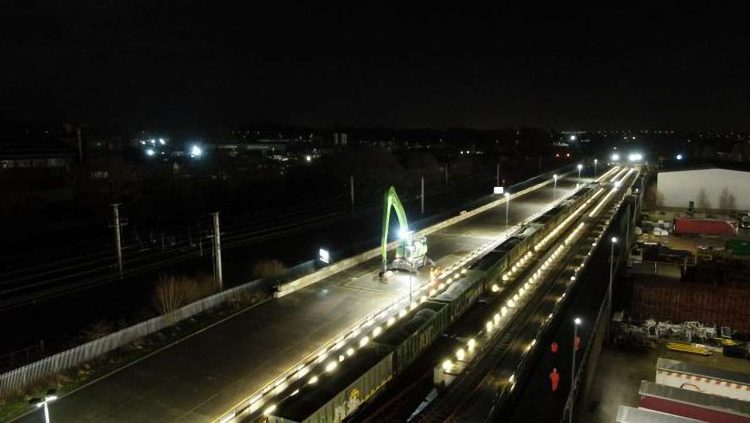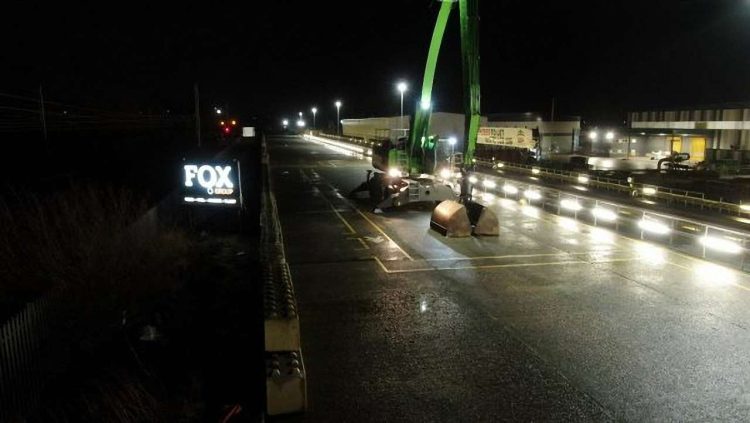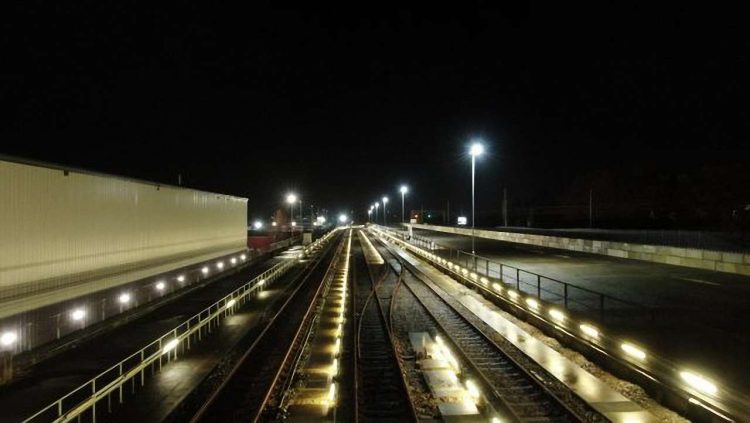The Fox Group has brought back into use some sidings at Leyland in Lancashire that were originally built in 1953 to support the manufacture of Centurion Tanks at the outbreak of the Korean War.
When originally built, the sidings were managed by the Ministry of Supply, but in 1956 were taken over by Leyland Motors, the forerunner of British Leyland, who used them until 1986, for the delivery of car and bus parts for its factories on the business park. The sidings remained in use until about 1997. In 2018 they were relaid and used by Network Rail for storage during the electrification of the line to Blackpool.

Fox Group has been working for over two years to bring the railhead into operation for handling aggregates, and has worked closely with Lancashire County Council to return it to its intended purposes. The new railhead allows the group to enhance its sustainability initiatives, as rail allows larger amounts of material to be delivered in a much more efficient and greener way.
The company made headlines in June of 2022 when they introduced the UK’s first electric tipper wagons, two Volvo FE Electric 6×2 tippers, which are based out of the group’s Leyland depot. By combining the use of the electric wagons with its railhead operations, they will make a great impact on the group’s carbon emissions.

In recent years, the group has made determined efforts to cut their carbon emissions through the use of multiple items of electric plant machinery, the electric wagons, and now by opening the railhead. They have also ordered more electric wagons for delivery later this year.
The first train to use the newly opened railhead was 6N42 operated by Freightliner which departed from Tunstead at 19:02 on Monday, 9th January, and arrived at Leyland at 22:42 loaded with 1800 tonnes of aggregates, which is the equivalent of 95 eight-wheeler lorry loads. The aggregates will be distributed to customers via Fox Group’s lorries.

To get to the railhead, the train travelled via Chinley and New Mills on what was part of the old Manchester Midland Main Line between Manchester and London, it was then routed through Altrincham before joining the West Coast Main Line just south of Warrington and headed north through Warrington and Wigan to Leyland.






Responses
https://www.youtube.com/watch?v=hU5uCbVMi94
I filmed this on 02/02/23 coming through Blackburn station
The “wagons” are road vehicles (lorries), not railway wagons. I
It’s great to hear that we are expanding freight in the UK.